FEATURE - Let’s Create Brand “Ceylon”

By Chatura Senarath Arambepola
TODAY Sri Lanka has fallen into a pit, but we can come out of it if we are determined and have the will to do so. Given the current situation in Sri Lanka, it would be a hard call to attract large-scale foreign investments in the short term. This is due to a few reasons - unstable government due to the friction between the government and the people, alleged human rights violations, high inflation resulting in escalating production cost, return on investment risk in a declining economy, the risk of uninterrupted power and energy supply, to name a few. Therefore, the Sri Lankan market from an investor point of view is volatile and investor confidence would be at a very lower level which is the reality that we need to understand. Therefore, we need to rise up within ourselves until the above negative connotations are reversed.
The objective of this article is to communicate a simple idea to assist in overcoming the current dollar crisis in Sri Lanka with the least investment and create immediate job opportunities, help turn around the economic turmoil and uplift the living standards of Sri Lankans.
Prioritising
Let us analyse what Sri Lanka has and does not have. We have people, a workforce who are very capable, dedicated, and fast learners. We have a large number of small industries producing good quality products which are running on their own with no guidance, support or training and a structure to export. What we don’t have is funding; $$$’s and Rupees. Can we still find the Rupees without printing them? How are we going to find Rupees? Revisit the budget and analyse how much we actually need for just maintaining each department, corporation, and ministry. For example, common sense tells me that Sri Lanka is not going to war with the US. So what are the possibilities of allocating funds from the defence budget for better use? Secondly, more Rupees can be found if the alleged misappropriation of funds by various people are brought before justice and recovered. Now that we have found the ways to find Rupees, the next step is to convert Rupees into $$$’s.
Let me touch upon the existing export industry. Since its independence traditionally Sri Lanka is exporting tea, rubber, coconut, cinnamon and value-added garments. While Sri Lanka exports bulk and value-added products; we need more efforts to convert the bulk commodities to value addition and dollar revenue and employment opportunities which may help to save the day in the short term. In this endeavour, it is suggested that the Export Development Board (EDB) be the centre of the activities to plan, coordinate and implement the project outlined below.
Capitalising on old glory
It is suggested to capitalise on the brand name “Ceylon”. A trusted name, it is still spoken by many people around the world for good quality tea, therefore it is an opportunity to derive the equity of its repute and to bring back the memories of good vibes of the then Ceylon days. This brand will be owned by the Sri Lankan government (EDB) offering brand franchises to the private sector to export Sri Lankan produce under this brand. It is the task of the government to identify, plan, coordinate, facilitate and franchise the produce to the private sector to be exported under the “Ceylon” brand. The ministries and departments involved in the project would be; The Ministry of Finance, the Department of Textile Development, the Department of Agriculture, Arts and Crafts (Salusala), and the Foreign Ministry. The project is to be coordinated by the EDB. As the government sector is overburdened by excess staff, they can be better utilised effectively in this project without new recruitment for the administration of the project. The role of the Foreign Ministry would be to convince richer countries for an import tax waiver for a period of 3 - 5 years for Sri Lankan exports under the “Ceylon” brand. This will induce a greater cost-benefit and justification for foreign buyers to purchase.
Presently few companies in SL are exporting value-added products directly selling to large retail chains in overseas markets. It is faster and more viable to use the existing export companies to support the distribution of the “Ceylon” brand in some of these categories.
Strategy and role of SMEs
1) Batik and Tie & Dye – During the closed economic era 70’s, batik was a thriving industry in Sri Lanka. Batik is a product loved by tourists, made in Sri Lanka for decades and we have the know-how and the skill. The Department of Textile Development should identify areas where batik garments are produced, and expand the production with the help of the present manufacturers as a larger cottage industry in those respective territories as clusters by providing equipment, material, and training. It is suggested EDB liaise with garment manufacturers and promote the development of attractive designs with patents. It will be driven by collaboration with international fashion designers and showcase the products at international pageants. Be unique in our creations and make batik the next fashion trend in 2023/2024. Batik printing cottage industry will sell at an agreed price to the garment manufacturer who in turn will export it under the “Ceylon” brand name. It is suggested initially to work with one of these countries - France, Sweden, United Kingdom, Spain, or Italy.
2) Handlooms – These products are well known to be made in deaf and blind schools and carried by foot and sold house to house in Sri Lanka. They produce bed sheets, pillow cases tea towels, and cushion covers with a bit of flaws in the quality which can be improved. It is suggested that the EDB gets involved through the Ministry of Textile Development and organises this category as a well-run cottage industry and export these to richer countries. The brand “Ceylon” will tell the story of how and where it is made. Once again cluster development, facilitating financial, knowledge, and quality improvement should be instilled in this project. The aim is to make Sri Lankan handlooms available in one megastore such as IKEA in one country as the starting point.
3) Arts and Crafts – Over the years Sri Lankans have crafted the art of producing a variety of craft products consisting of wooden craft, cane, bamboo, and pottery which are sold through craft shops for tourists. These products have a greater potential to be exported under the “Ceylon” brand with presentable packaging. These small industries are located in certain geographic areas and therefore creating clusters and a collection centre are desirable. It is suggested to target IKEA stores in one country such as in the UK.
4) Consumer Goods – The principle of clusters and collection and packing centres need to be organised by the Agriculture Ministry and channel the export to the brand franchisee. It is the role and responsibility of the Agriculture Ministry to ensure the quality and consistency of the products. A few products identified which need less or no fertiliser are, Kitul Treacle, Kitul Jaggery (slabs and bars), Cashew Nuts, Peanuts, Almond Nuts, and Walnuts. Local Spices such as Turmeric Powder, Crushed Ginger, Cloves, Black Pepper, etc. Established manufacturers in the biscuits and confectionary industry can export a few budget products under the “Ceylon” brand. A private sector company that is currently exporting its brands into many countries and selling to supermarket chains will be the best option to hand over the franchise.
The brand “Ceylon” will not only generate foreign revenue but will also create more awareness amongst richer countries thus promoting tourism subliminally as the brand will speak. The idea is to create a reason to purchase the brand with the story that will be told – a brands’ social responsibility programme to be tied to the promise depicted in the packaging and thus through an unconscious behaviour, the consumer purchasing the brand will want to visit Sri Lanka.
Let us start today and aim to build a global brand “Ceylon”.
-
Still No Comments Posted.





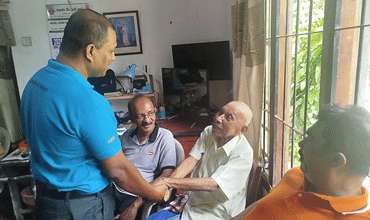
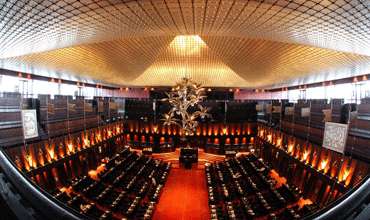
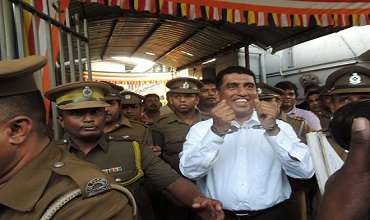
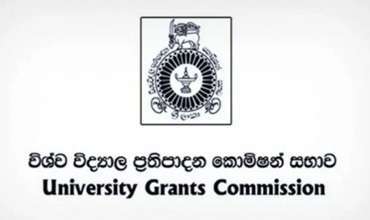
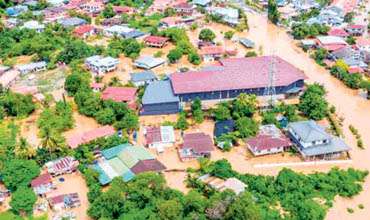
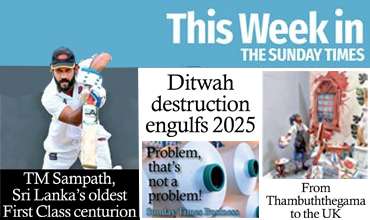
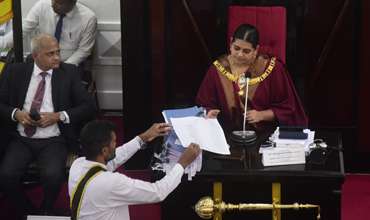
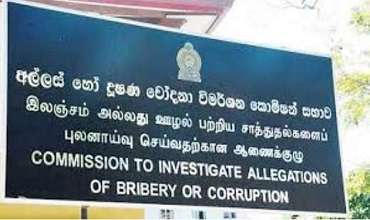
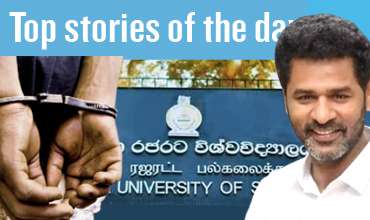
Leave Comments